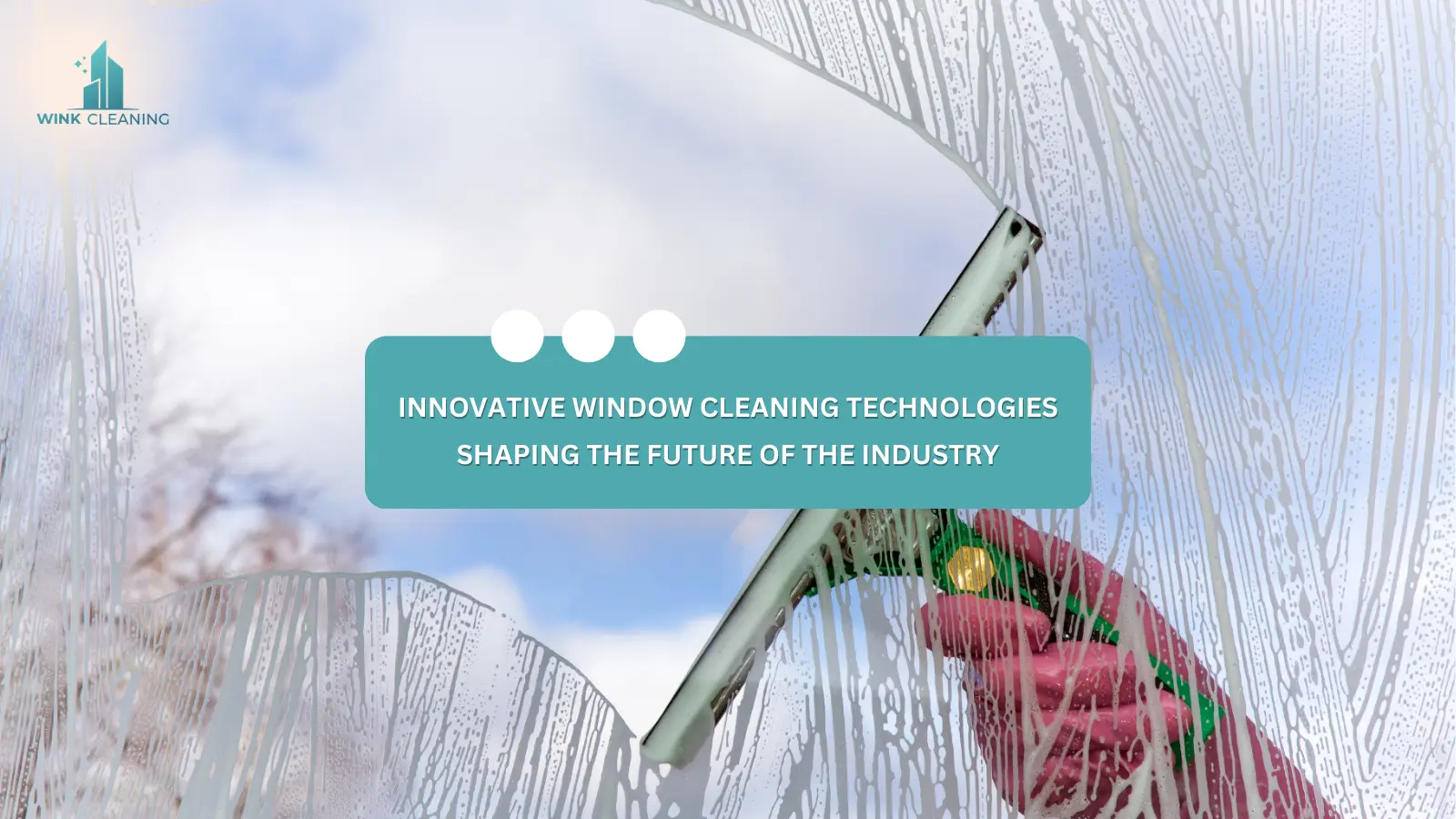The demand for professional window cleaning services has
increased due to the growing popularity of glass buildings and natural
lighting. Technologies that are safer and more efficient for cleaning external
windows at heights are becoming more and more necessary as higher rise
residential and commercial buildings are constructed. In the last ten years,
there have been significant advancements in window cleaning technologies.
Traditionally, the majority of innovations have focused on pole, rope, and
cradle systems. More recently, however, window cleaning robots have been
introduced.
We will explore the many approaches of window cleaning at
heights in this blog. Continue reading to learn more about the fascinating
realm of robotic window cleaners.
Telescoping Poles
For many years, telescopic poles have been a mainstay in the
window cleaning business. Because these poles are extensible, window cleaners
may reach higher windows and perform a better job cleaning them without the use
of scaffolding or ladders.
Efficiency
Telescopic poles have certain drawbacks even though they
work incredibly well for cleaning windows. Their restricted range is the main
disadvantage. Most telescopic poles can only stretch up to 6 or 7 meters. This
implies that when cleaning a huge multi-story structure, they may not be the
most efficient equipment.
Challenges at Heights
There are further difficulties when using telescopic poles
for high windows. At these heights, cleaners must be able to handle both a
washer and a squeegee, which can be challenging. When working at such
distances, even the most seasoned window cleaners may find it difficult to
maintain control and accuracy.
Suitability
Due to these limitations, telescopic poles are best suited
for lower buildings or sections of buildings that are within their reach. For
taller structures, other methods or technologies may be necessary to ensure
effective and safe window cleaning.
Fed Poles with Water
Over time, telescopic poles have seen substantial
advancements that have resulted in the creation of the water supplied pole.
This creative invention significantly improves the simplicity and effectiveness
of cleaning windows at heights by combining a brush, water supply, and an
extending pole into one item.
Advanced Technologies
Using high tech carbon fibre has further improved water-fed
poles. Carbon fibre, which is composed of extremely thin carbon strands, is
both remarkably strong and lightweight. For every unit of weight, it is five
times stronger than steel. Additionally, carbon fibre is very resistant to
chemicals and can sustain high temperatures, making it a perfect material for
the demanding nature of professional window cleaning.
Purified Water's
Benefits
Using purified water is one of the main characteristics of
water fed poles. Windows that are fully dried with no residue or stains are
guaranteed to be free of spots thanks to purified water. Tap water contains
minerals and salts that can dry on the glass, leaving behind unsightly marks.
By using purified water, cleaners can achieve streak-free results without
relying on chemical cleaners, which is also beneficial for the environment.
Efficiency and
Environmental Benefits
The integration of purified water with water fed poles not
only improves quality of cleaning but also reduces the need for chemical
cleaners. This makes the process more environmentally friendly while still
delivering excellent results. Water fed poles represent a significant
advancement in window cleaning technology, combining efficiency, high
performance, and sustainability.
Abseiling
Anyone who works in a high-rise building frequently
witnesses people abseiling, or using rope access. This method allows window
cleaners to dangle from an abseil rig, giving them direct access to the glass.
Unlike water-fed poles that work from a distance, abseiling enables cleaners to
get up close for a thorough and professional clean. This proximity allows them
to maneuver around easily and reach places that poles might miss.
Risks and Regulations
Abseiling does, however, entail certain risks as well as
stringent health and safety guidelines. For obvious reasons, the potential
dangers are significant, requiring rigorous safety protocols. Additionally,
privacy considerations may arise, particularly for clients in sensitive
industries or government organizations. They could be worried that secret
information might be seen via windows by cleaners.
Platforms and Cradles
In certain structures, hanging a cradle over the side of the
building is the only practicable means to get to the windows. It's possible
that integrated cradle systems from modern structures are in place to
facilitate and secure this operation. For other structures, a specialized setup
is required. When configuring a cradle system, variables such building height,
window size, and structural strength must all be taken into account.
Fixed Stages
Mounted platforms provide a workable substitute for cradle
systems when they are not appropriate or available. Higher windows may be
accessed by using these hydraulic platforms that are adjustable, which are
commonly installed on trucks or other large vehicles. Like suspended cradles,
they are simple to maneuvers and operate, and they have guardrails and safety
rigs. Where alternative technologies would not be feasible, this technique
offers a safe and adaptable solution to clean windows on buildings.
Drones and Robots for Cleaning Windows
Let's now explore the most fascinating advancement in window
cleaning technology: drones and robots. Drones that shoot water are the newest
technology to enter the commercial window cleaning market. An elongated pipe
that remains on the ground connects these drones to a water supply. After that,
the drone may fly up to towering buildings' façades to wash and squeegee glass
at any height.
Quickness and
Security
In addition to being far safer than their human
counterparts, these window cleaning robots are also quicker. The window cleaning
staff may operate the hose and drone controls while staying securely on the
ground by utilizing drones. Because the drone performs all of the job at a
height, there is far less chance of accidents or fatalities. The safety of
employees at great heights is one of the main issues facing the window cleaning
business, and this innovation solves it.
Flexibility
These water fed drones have other possible uses besides cleaning
windows. They can be used for more than merely cleaning; as an example, they
can be employed to put out flames on upper building levels.
Industry Innovation
The window cleaning business is always looking for new and
innovative methods to enhance its technology and products. Drones and robots
for cleaning windows have not only eliminated safety issues but also raised
productivity and profitability. They also guarantee spotless windows each and
every time.
In order to satisfy the requirements of contemporary high
rise structures, these new technologies which combine safety, speed, and great
performance represent a substantial advancement.


